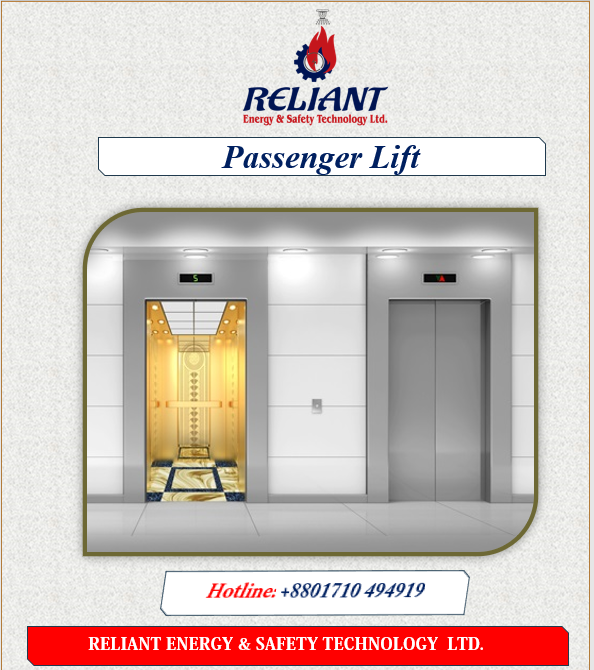A passenger lift, also known as an elevator, is a vertical transportation device designed to move people and goods between different floors of a building:
- Function: Passenger lifts provide convenient and efficient vertical movement within buildings, eliminating the need for strenuous stair climbing.
- Components: They consist of a car or cabin, guide rails, a counterweight system, and an electric motor that drives the system.
- Safety: Modern lifts are equipped with various safety features like emergency brakes, door sensors, and backup power to ensure passenger safety.
- Types: Passenger lifts come in various types, including traction lifts that use ropes and hydraulic lifts that rely on fluid pressure.
- Accessibility: Lifts enhance accessibility for people with mobility challenges, making buildings more inclusive.
- Capacity: Lifts come in different sizes and capacities, accommodating varying numbers of passengers or goods.
- Usage: They are essential in high-rise buildings, commercial complexes, hospitals, and public spaces where vertical movement is essential.
- Regulations: Lift installations are subject to strict safety and regulatory standards to ensure user safety.
- Maintenance: Regular maintenance is crucial to ensure the smooth and safe operation of passenger lifts.
- In summary, passenger lifts provide a vital vertical transport solution, enhancing convenience, accessibility, and efficiency within buildings of all types.







Reviews
There are no reviews yet.